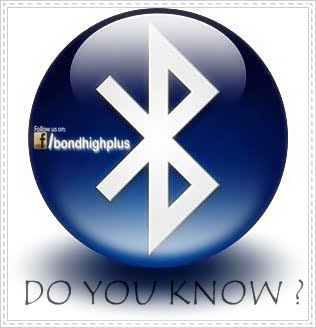How Bluetooth Works?
Bluetooth’s technology essentially works by using short-range wireless communication technology to connect two devices together. This eliminates the need for cables or wires. In addition, Bluetooth allows you to listen to music from your mobile phone, tablet or iPad through wireless headphones.

Transmission over Short Distances
Firstly, the Bluetooth RF transceiver lies at the physical layer. There are 79 Bluetooth channels spaced 1MHz apart. A spread spectrum technology is used at the physical layer. Both voice and data transmissions over short distances are possible, creating wireless PANs.
Instructions to Communicate
A Bluetooth device consists of an adaptor. A Bluetooth adaptor can be built into a device or can be in the form of a card that connects to a device. In addition, these instructions are embedded into the device, which enable it to communicate with other devices.
Packet Segmentation and Reassembly
When devices come in each other’s radio range, their link managers discover each other. However, Link management protocol (LMP) engages itself in peer-to-peer message exchange. LMP layer performs link setup and negotiation of packet size. Segmentation and reassembly of packets is done, if needed.
Connection Sets Up
The service delivery protocol enables a Bluetooth device to join a piconet. A device inquires what services are available with the piconet. Bluetooth GlobalID (a unique identification for each device in the network) is exchanged between the devices. Their profiles are matched, and a connection is set up.
Signal Transfer
Bluetooth uses frequency hopping in time slots. Which means that the Bluetooth signals avoid interference with other signals by hopping to a new frequency after transmission or reception of every packet. One packet can cover up to five time slots. Bluetooth can support an asynchronous data channel, or up to 3 simultaneous synchronous voice channels, or a channel, which concurrently supports asynchronous data and synchronous voice.
Master Slave
Bluetooth’s technology makes use of the concept of a master and slave. In other words, devices have to wait until the master allows them to talk. One master and up to seven slaves employ a star topology to form a piconet and begin to communicate with one another.
If you liked this article on How Bluetooth works, then please subscribe to our Blog for more updates like this. You can also find us on Facebook, Instagram, Twitter, Pinterest, LinkedIn and YouTube.


